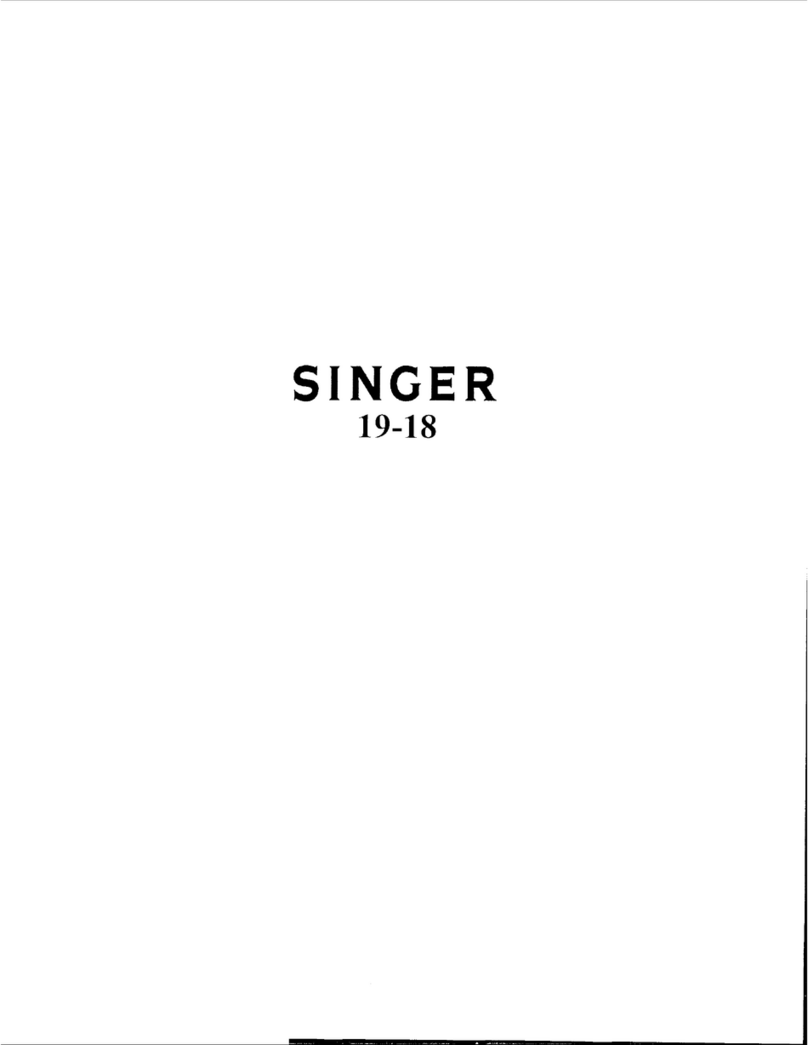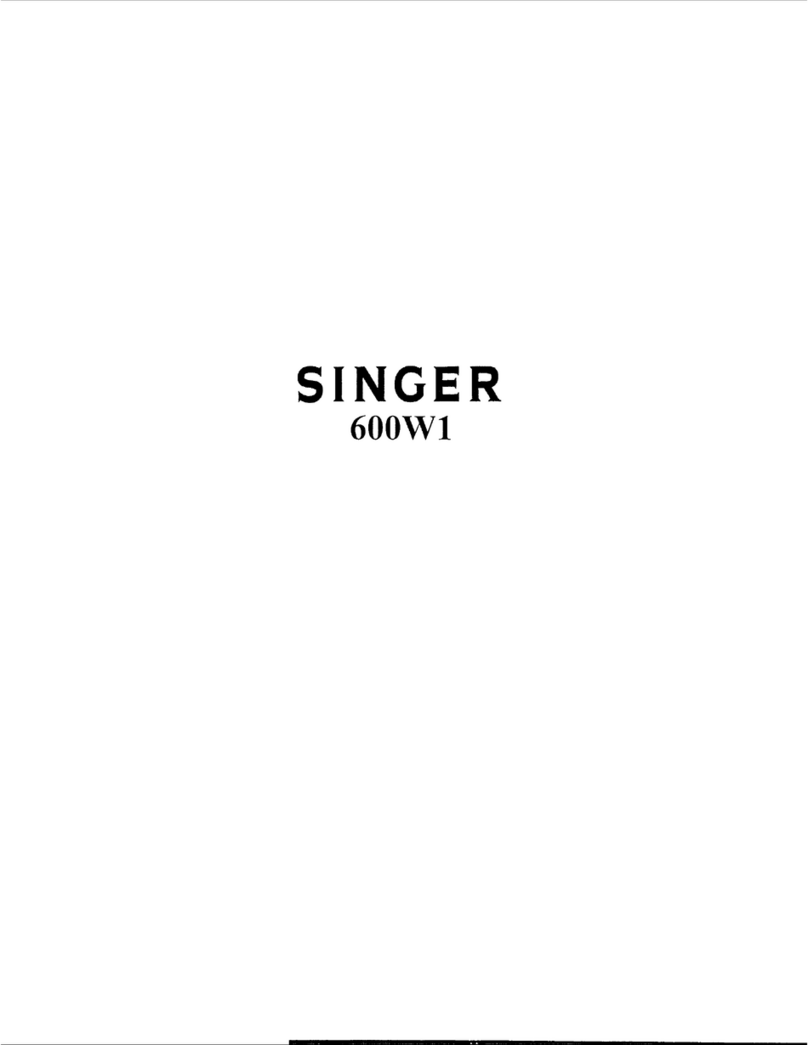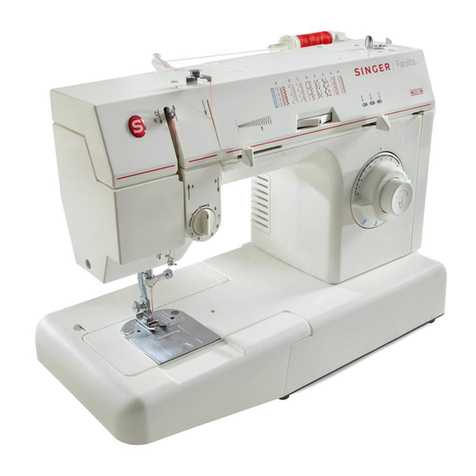Singer 1305 Installation instructions
Other Singer Sewing Machine manuals

Singer
Singer 211W146 User manual
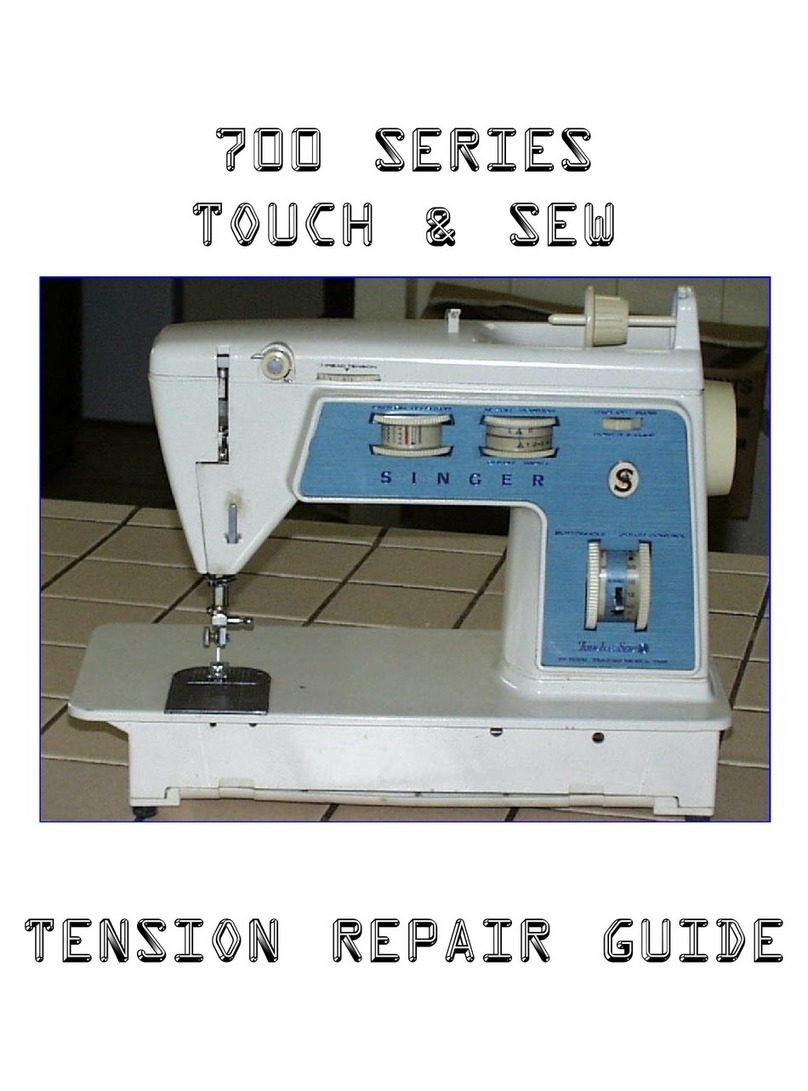
Singer
Singer 700 series Operating instructions
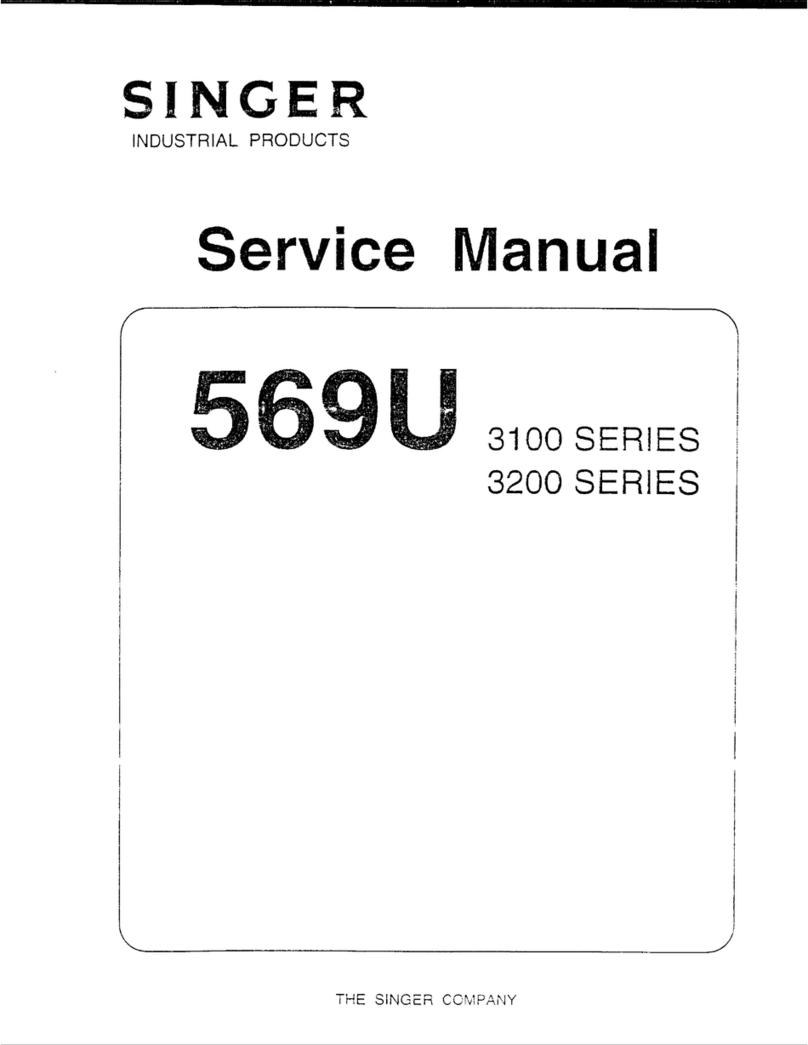
Singer
Singer 3100 SERIES 569U User manual
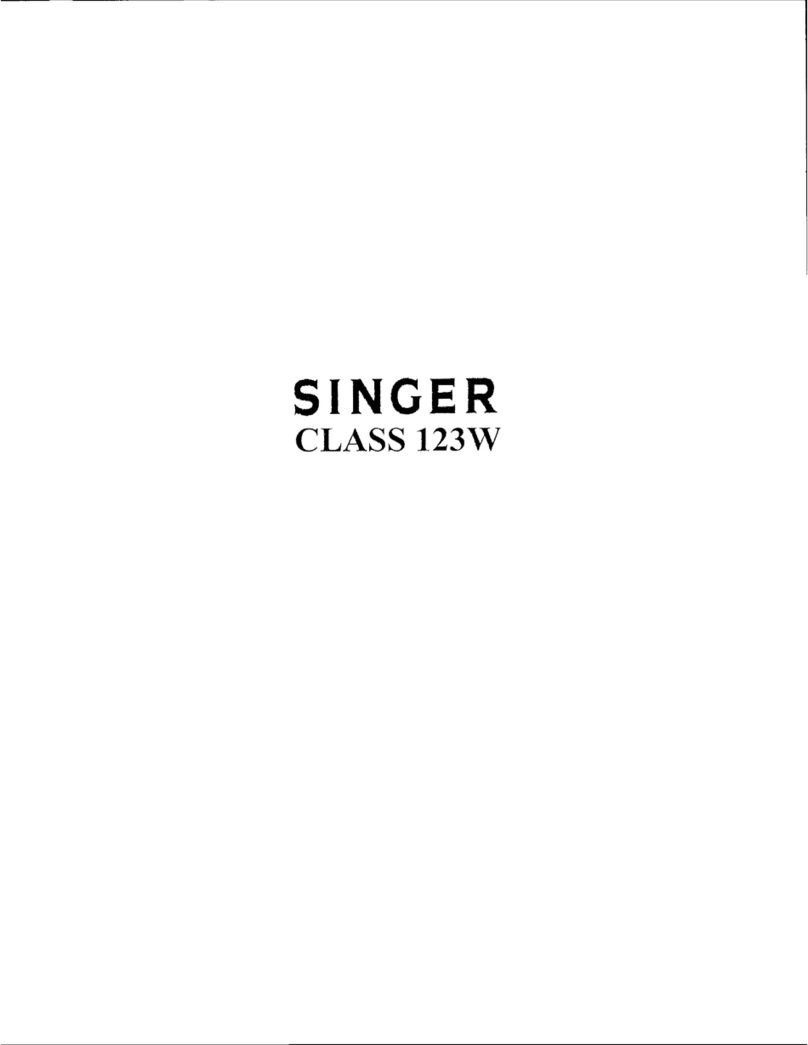
Singer
Singer 123W-1 Installation and operation manual

Singer
Singer 7462 User manual
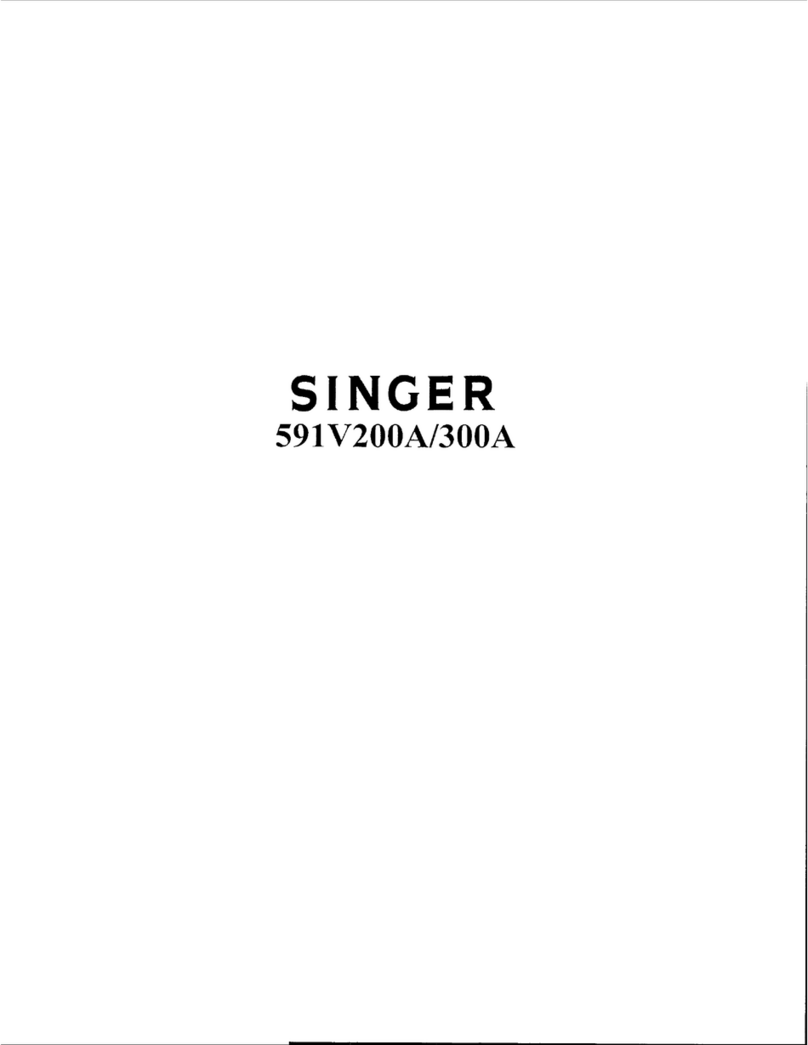
Singer
Singer 591V200A User manual
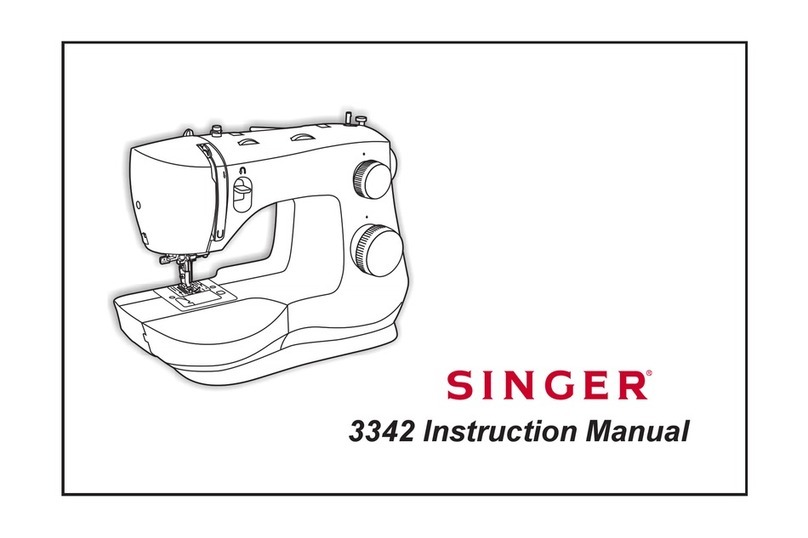
Singer
Singer 3342 User manual
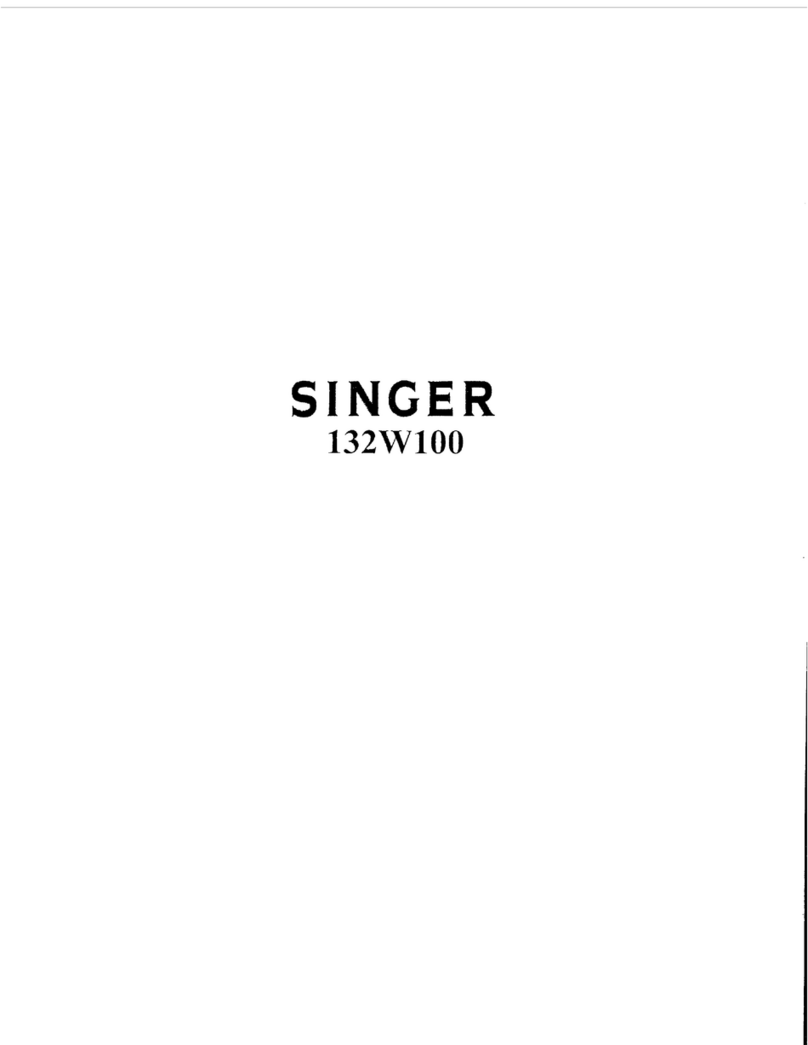
Singer
Singer 132W100 Installation and operation manual
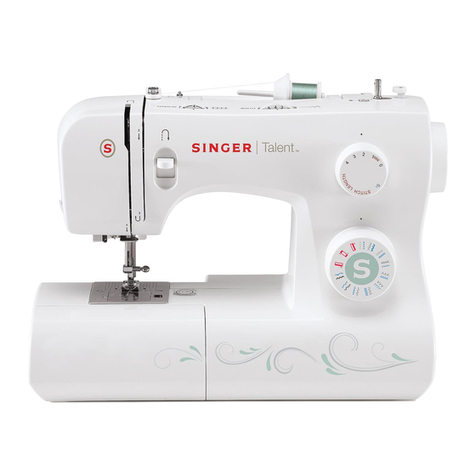
Singer
Singer 3321 User manual

Singer
Singer 247-2 User manual

Singer
Singer 600W1 User manual
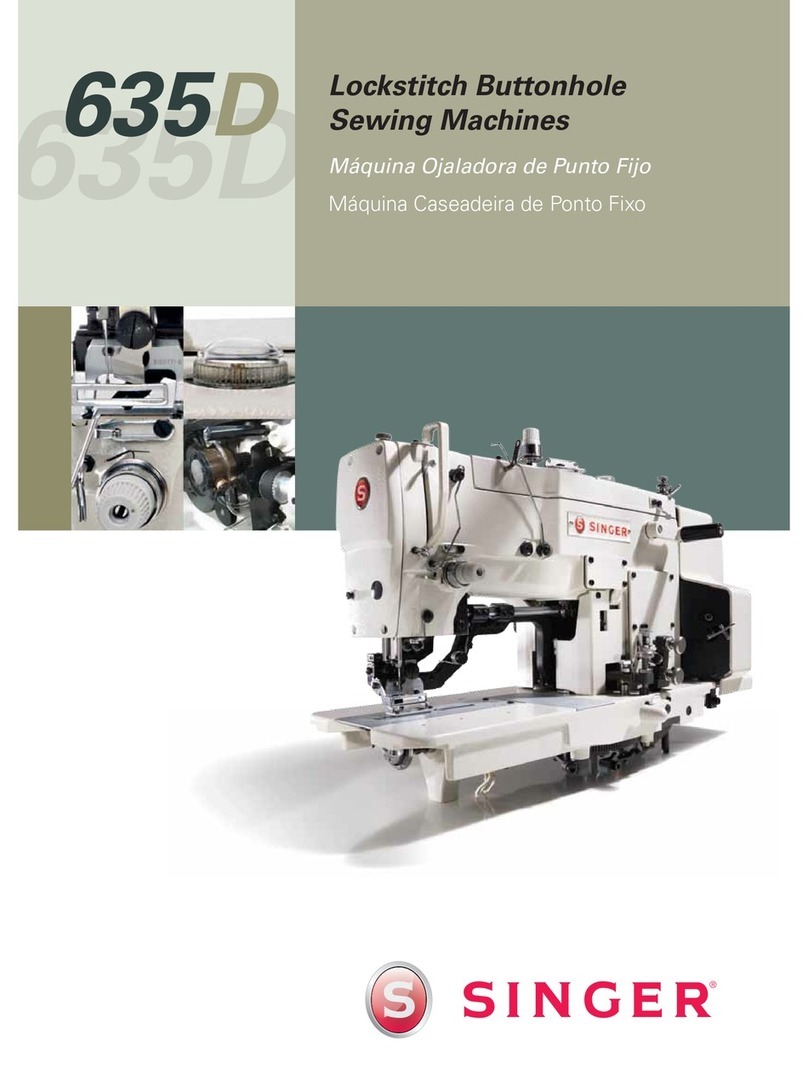
Singer
Singer 635D User manual
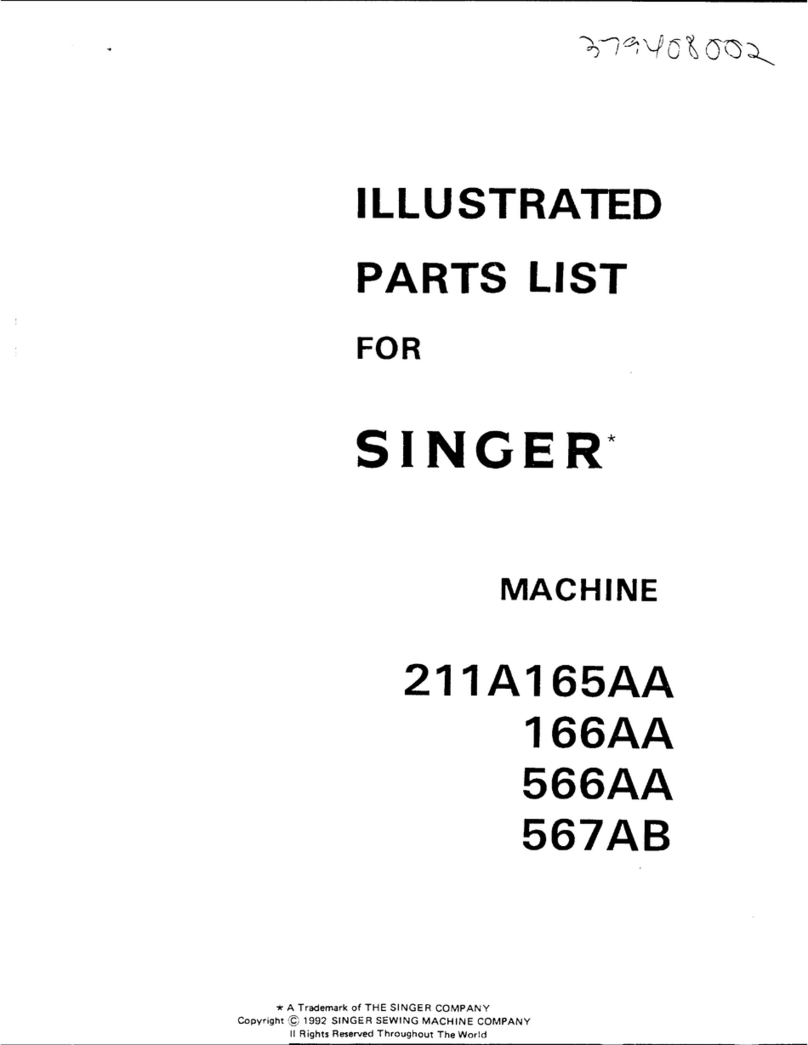
Singer
Singer 211A165AA Setup guide

Singer
Singer 17-25 User manual
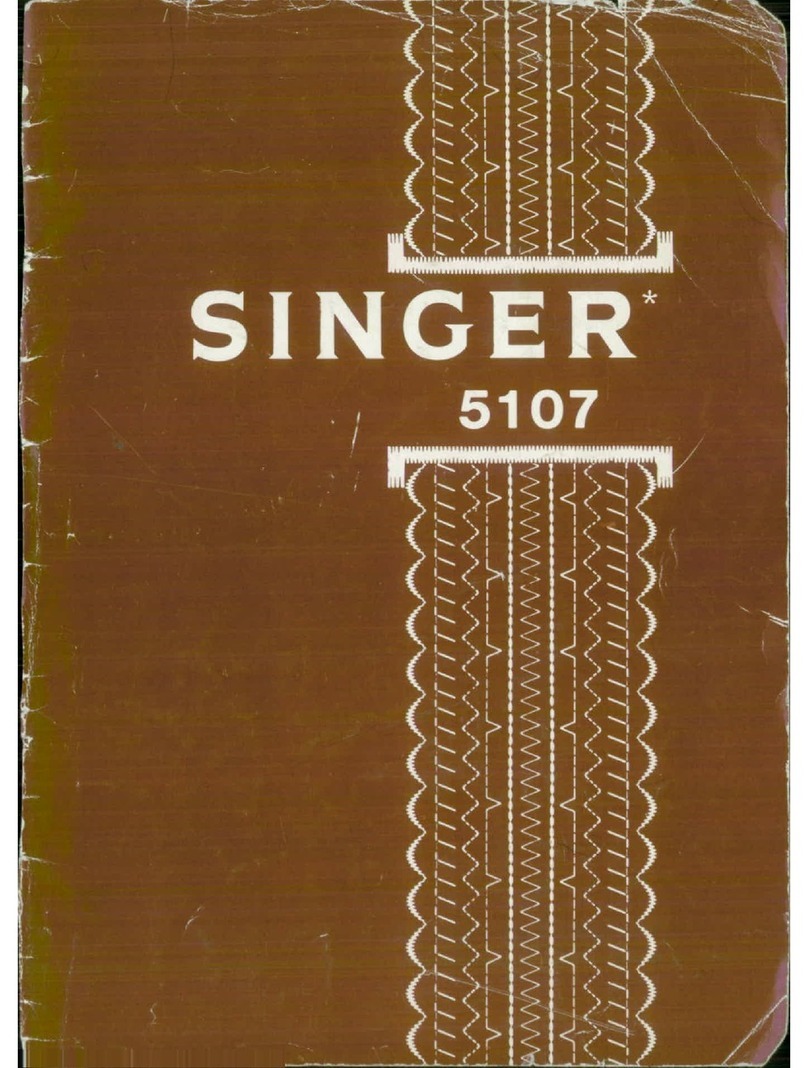
Singer
Singer 5107 User manual

Singer
Singer 2700 Series User manual

Singer
Singer 5102 User manual
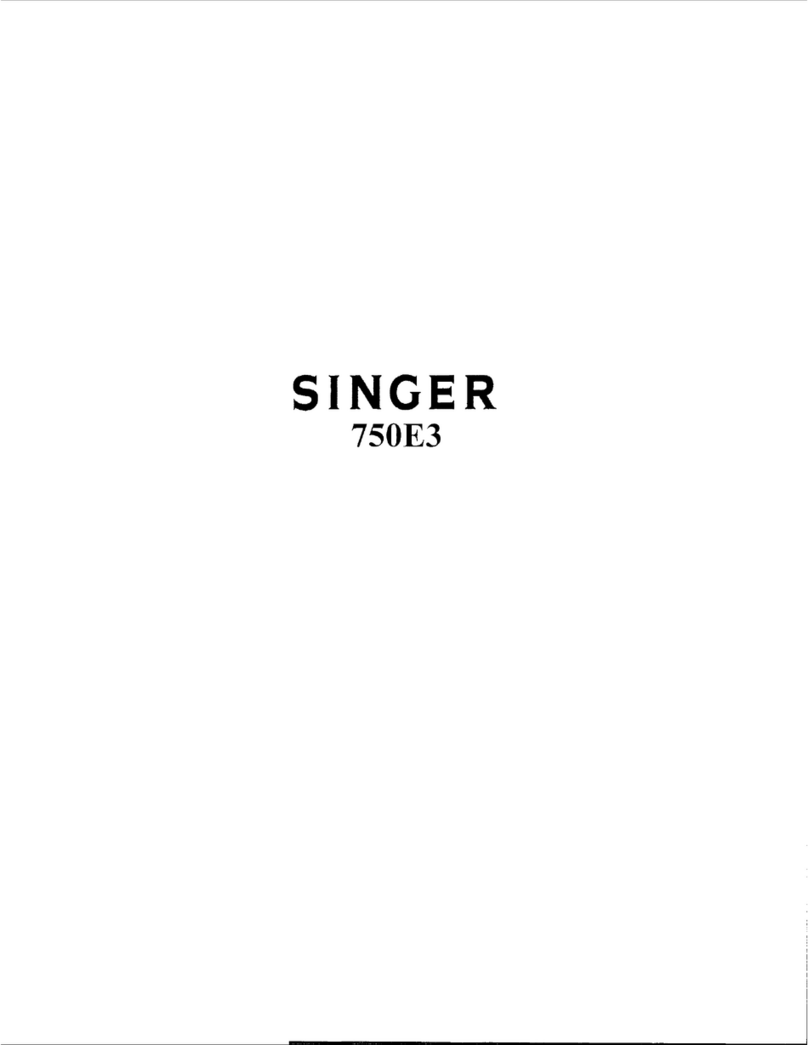
Singer
Singer 750E3 User manual

Singer
Singer 81-75 User manual

Singer
Singer 15-91 User manual
